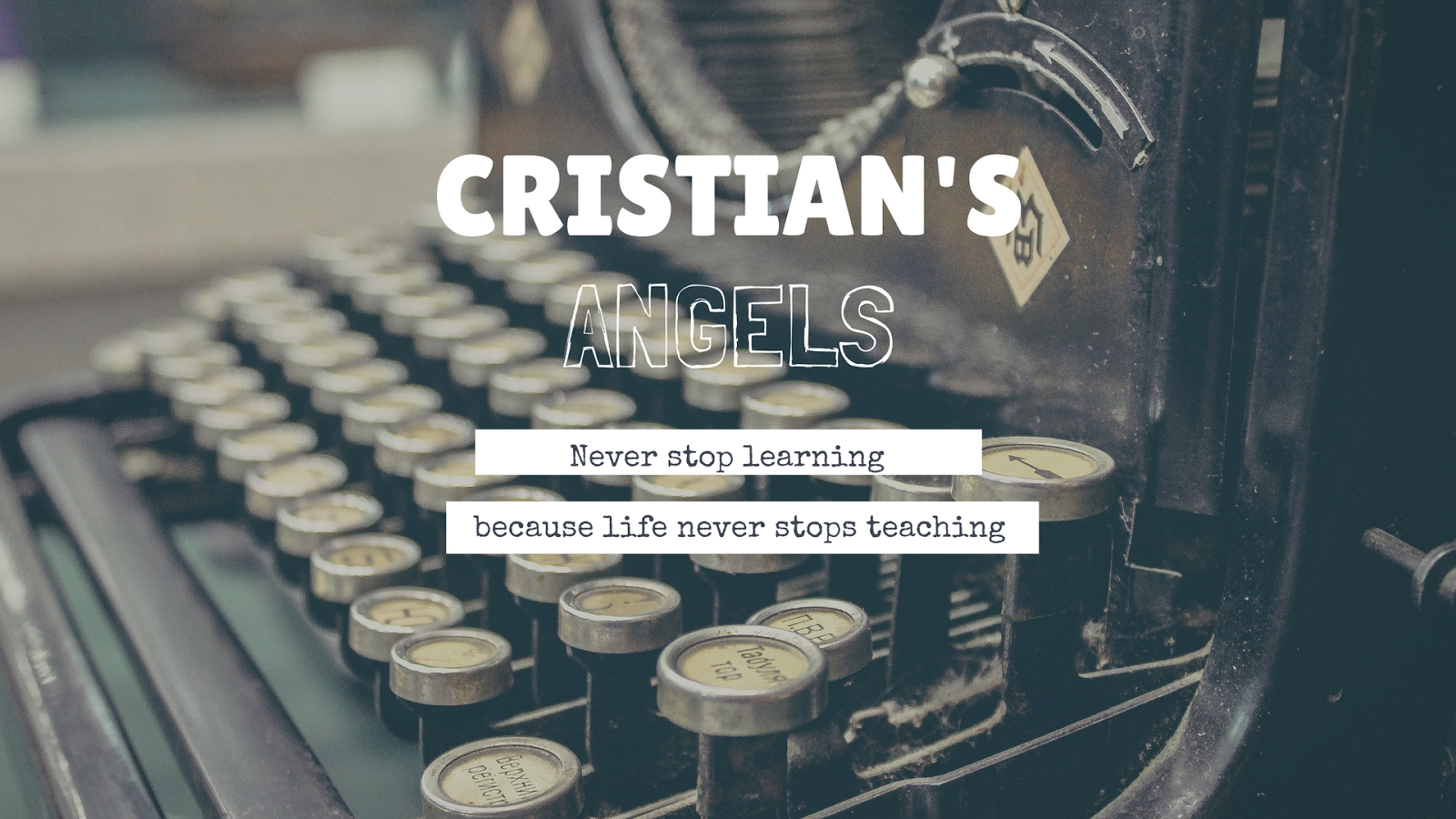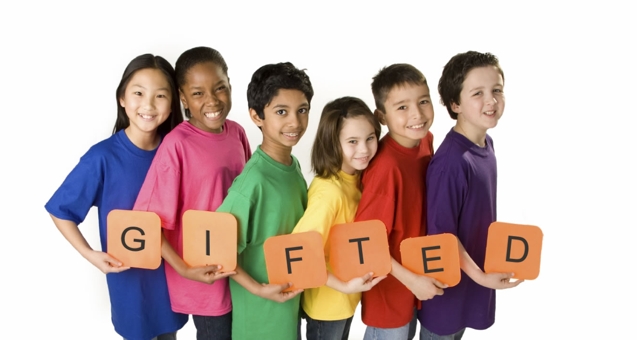1.1. EU Language Policies 📝
I. What do you think is the role of EU Policies on Education?
We strongly believe that EU Policies on Education have an essential role in order to enhance good results in educative quality. According to this, and as well see it, this role involves promoting social cohesion through equity and justice among members as well as imagination and creativity so as to improve efficiency of education.
II. What do you understand by EU Language Policies?
EU language policies are those policies encouraged by the European Union in order to ensure the correct learning of languages among the member countries, offering them different tools (such as programmes among different communities, projects, etc.) in order to achieve an improvement of those skills deemed as basic for the acquisition of a language different from ours.
III. Can you name any EU initiative related to language learning?
Comenius programme: It was focused on all levels of school education, as well as on teachers, local authorities, etc. It was designed to improve and increase the mobility of pupils across the EU, enhance school partnerships, encourage language learning, ICT for education and better teaching techniques, etc.
Erasmus programme: It was a student exchange programme from 2007 to 2013 which has evolved to Erasmus+ from 2014 to 2020.
European Voluntary Service: It is open to young people aged 17-30 and lets you travel abroad for a period between 2 weeks and 12 months to participate in a project on a voluntary basis.
IV. In your opinion:
1-What are the main factors that drive EU Language Policies?
The main idea behind EU language policies is the mutual understanding in a group of states to which different nationalities and cultures belong. Thus, by creating a unified policy on which most of the members agree, it is ensured that the wide variety of languages in the union will be treated in similarly by all the states. Furthermore, it encourages the establishment of programmes such as language immersions, international examinations, internships in a foreign country and other experiences which bolster interculturality and tolerance among the members of the union.
2-What are the main factors that make people want to learn a language?
An individual would like to learn a language because of many different reasons. These reasons depend basically on the type of motivation implied. On the one hand, if there is an intrinsic motivation, the learner wants to learn a new language because he or she wants to learn more about its culture, its folklore,… to sum up, the learner likes the language and finds it interesting. On the other hand, there is extrinsic motivation when the learner just wants to get a certification, a good mark on an exam, but not because the language itself interests him or her.
3-What are the main factors that make people interested in defending any specific Language Policy?
The great plurality of languages and cultures within the EU make people defend the Language Policies as necessary and valuable, both in terms of plurilingualism and multilingualism.
2.1. EU Language Policies 📄
I. How
many languages do you speak, apart from your mother tongue or L1?
- Angie: I speak Spanish, English and a little bit of German.
- Cristian: I speak Spanish (native), English (fluent), and German (basic).
- Marta: I speak English (fluent), Catalan (average level) and Italian (basic level).
- Elena: I speak Catalan and Spanish as mother tongues. Apart from these two L1s, I speak English and a bit of Chinese.
- Núria: I speak two mother-tongues since I am a bilingual speaker of both Spanish and Catalan. The other language I speak fluently is English, although I speak a bit of French as well.
II-Is your mother tongue your L1?
- Angie: Yes, Catalan is my mothertongue.
- Cristian: Yes
- Marta: Yes, it is Spanish.
- Elena: Yes.
- Núria: Yes.
III-Are there things you find easier in one language than the other?
- Angie: Regarding speaking, listening and reading, Catalan is the most useful language to me. Curiously enough, it is Spanish the one that allows me to express myself in the written medium in the best way, although that does not mean that I feel my inner feelings are as well represented as with Catalan: I would say it is a matter of written fluency. I must add that I also feel very comfortable when speaking English, more than with Spanish, to be honest.
- Cristian: Yes, naturally. When I have to express anger, frustrations or when I get very excited I speak Catalan. Curiously, I find much easier expressing my feelings in English. I only speak Spanish when people cannot understand Catalan. However, regarding bureaucracy, I always fill the documents in Spanish. I barely use German for obvious reasons.
- Marta: Regarding speaking and writing I feel more secure when using my L1 (Spanish) than Catalan since I consider that my level is not good enough. However, regarding listening and writing I love Catalan and of course, English. Despite my basic notions of Italian I find it also really similar overall to Catalan, so understanding it is easy for me too and I can speak a little bit of it.
- Elena: Yes, for instance, I think that Spanish orthography is easier than Catalan orthography. Also, I consider English grammar easier than Spanish and Catalan grammar. Besides, I believe that Chinese writing is more difficult than Spanish, Catalan and English writing. Yet, Chinese grammar is much easier than Catalan, Spanish and English grammar.
- Núria: When I was little I used to have some difficulties speaking Spanish since my parents spoke Catalan to me as well as most of my teachers at school. Nevertheless, those difficulties were trivial since I only had problems when translating words which differ a lot from one language to the other, or which I did not use when speaking Spanish.
IV. In
terms of language use
1-How would you describe the society you live in? Are the people in that society plurilingual?
In Spain there are different areas. Depending on the place people live, they may be mononlingual or bilingual. However, in those regions where there are two co-official languages, bilingualism is quite poor because the use of those languages which are not Spanish is not sufficiently encouraged, culturally speaking.
2-How would you encourage ‘bilingualism’ in your classroom?
In the English classroom, we should not prohibit the use of the students’ mother tongue. Sometimes explanations in the target language are not sufficiently clear for students so some support in their L1 must be provided in those cases. In this way, the students will also discover that many features of their L1 are common to other languages, thus creating bonds between them.
3-Do you feel some languages have a higher status in the classroom?
Depending on the subject and the linguistic model of the high school, the main languages may be Catalan, Spanish or English. In most schools, the parents have the right to decide if they want their children to be taught in Spanish or Catalan. The number of schools which offer the English model is very reduced and usually belongs to the private sphere.
3.1. Common European Framework of Reference for Languages 📔
1. What is the CEFR?
It is a framework, published by the Council of Europe in 2001. It is an international standard for describing language ability in terms of speaking, reading, listening and writing.
2. What are the main aims of the CEFR?
It was designed to provide a transparent, coherent and comprehensive basis for the elaboration of language syllabuses and curriculum guidelines, the design of teaching and learning materials, and the assessment of foreign language proficiency.
3. How many levels are described in the CEFR?
Six levels: A1, A2, B1, B2, C1, and C2. It also defines three 'plus' levels: A2+, B1+, and B2+.
4. How would you implement the CEFR descriptors in your classroom?
The CEFR is a framework of reference, therefore we think if should be adapted in order to fit our class context. We must take into account the assessment grid so as to be familiar with the features that are expected at a specific level. Thus, we will plan our lessons, create our syllabus and curriculum, as well as confort our methodology to, accordingly with the CEFR guidelines. Moreover, the evaluation will be carried out through what is expected at each level without forgeting the particular needs of each student to reinforce particular abilities or skills and achieve the level objectives.
4.1. European Languages Portfolio 📁
1.What is the ELP?
“The ELP is a document in which those who are learning or have learned one or more languages can record and reflect on their language learning and intercultural experiences.”
2. Which three components are included in the ELP?
A language passport
A language biography
A dossier
3. What are the main aims of the ELP?
According
to the Principles and
Guidelines adopted by the
Education Committee of the Council of
Europe, the
ELP project has two main aims:
a) to
motivate learners by acknowledging their efforts to extend and
diversify their language skills at all levels;
b) to
provide a record of the linguistic and cultural skills they have
acquired (to be consulted, for example, when they are moving to a
higher learning level or seeking employment at home or abroad).
4. How would you implement a portfolio system or some aspects of it in a secondary EFL classroom?
A good way of implementing an ELP would be making a journal or a diary about each session of the course and posting these writings on a blog. Also, another way could be making a video about students’ funds of identity. By doing this, we let them to include their own interests inside the English Language Classroom, and, therefore, their motivation will be increased.
REFERENCE:





